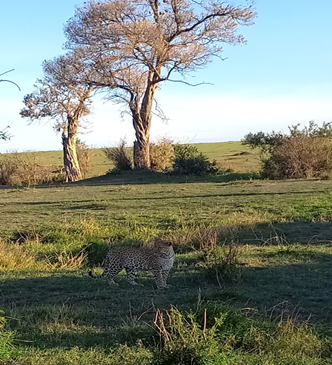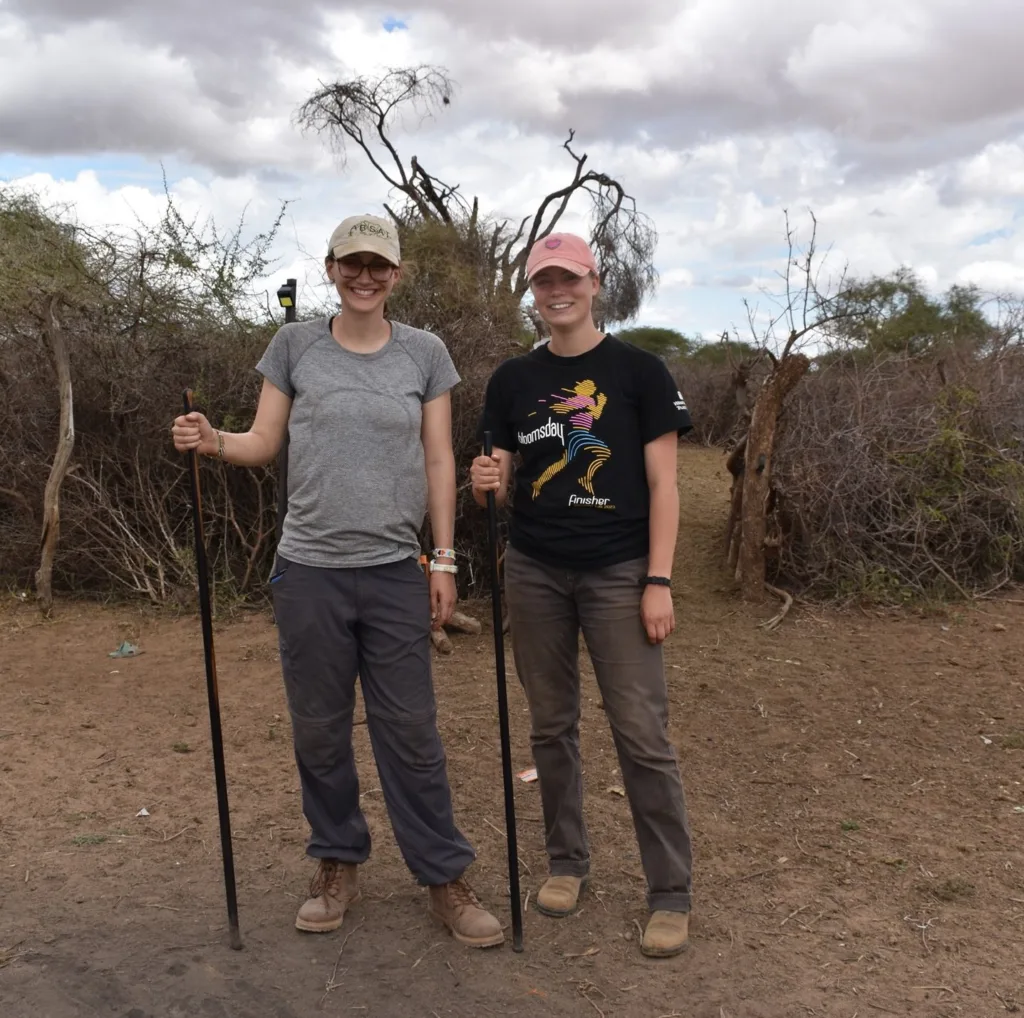Establishing Permanent Forest Plots
Like many other tropical ecosystems, humid forests in Costa Rica experienced extensive logging within the past century to accommodate expanding agricultural and cattle ranching industries; however, patches of these forests were spared, mostly within areas of difficult access or along rivers, where they were kept to ensure a constant water supply. Such patches of forest have proven crucial for the regeneration of Costa Rican ecosystems, having served as species reservoirs, and now as sources for the colonization of nearby areas allowed to regenerate. Additionally, they provide important ecosystem services, such as connectivity between protected areas, and climate change mitigation and adaptation.
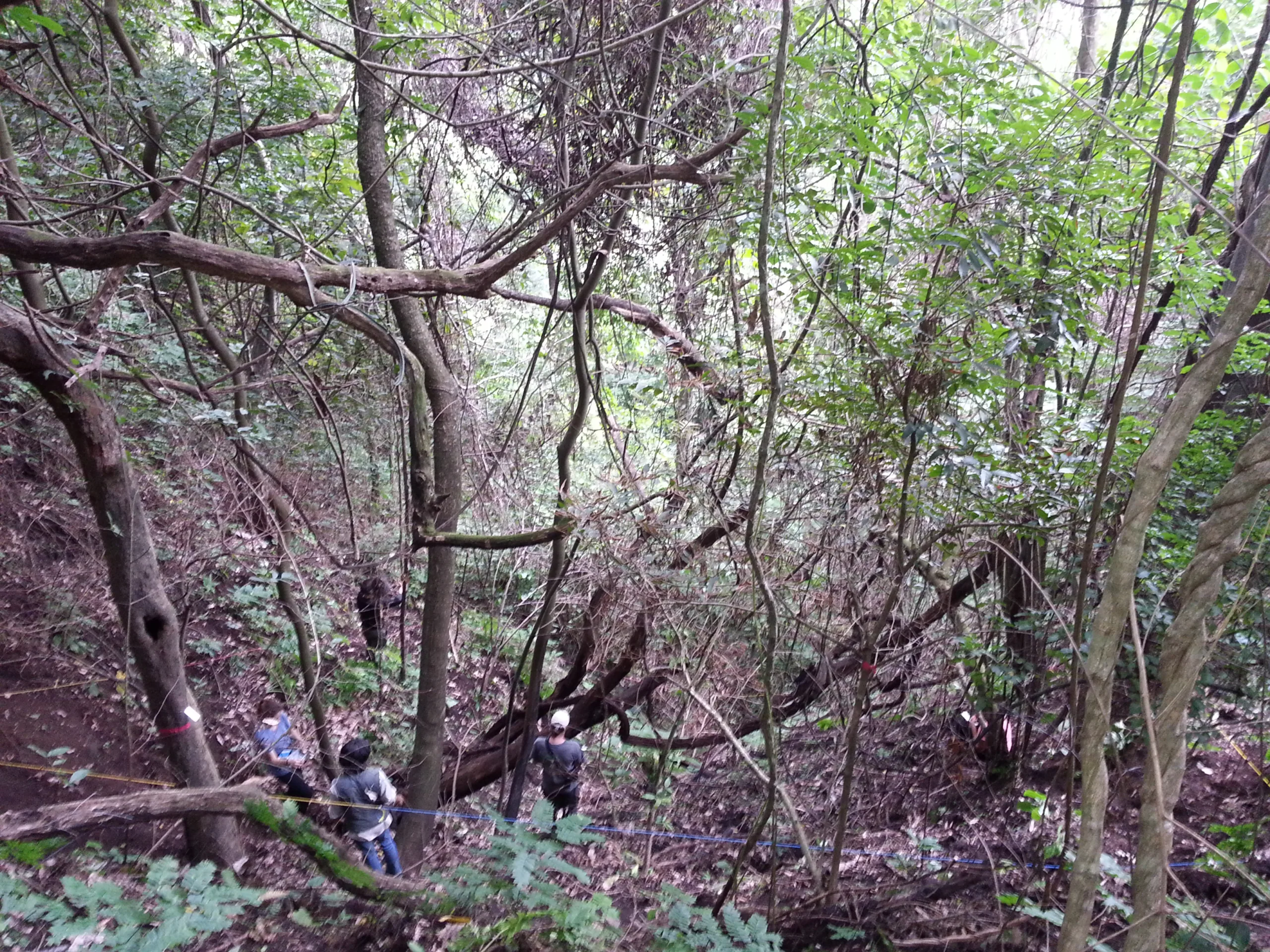
To better understand the important roles that these patches of forest play in the conservation of Costa Rican ecosystems, this summer SFS established its first permanent forest plots within the municipality of Atenas, home to the SFS Center for Sustainable Development Studies. These plots consist of marked areas of 400 m2, where each individual tree is tagged, measured, and mapped to obtain a long-term database that can be used to explore multiple topics, such as: changes in species composition, tree growth, and carbon sequestration across time.
Taking advantage of a partnership with the Universidad Técnica Nacional, a collaborating institution, we located four plots within their local campus, which has some of the most extensive patches remaining in the area. To increase the utility of the resulting database, the plots were established following strict guidelines from the Ecological Research as Education Network (EREN), which allows for comparisons between different ecosystems and biomes across the world.
Students are currently investigating how forest structure, patch size, and plant diversity relate to one another, and more specifically, to the amount of carbon sequestered as above ground biomass in each forest plot. The studies are assisted with information obtained through the use of hemispherical photographs, which provide relevant information, such as the amount of light passing through the canopy (pictured). In the future, we expect to increase the amount of plots within Atenas, as well as extend the project to other types of forests within the country. This will allow for a more comprehensive understanding of how different forests react to anthropogenic changes in land use and climate change.
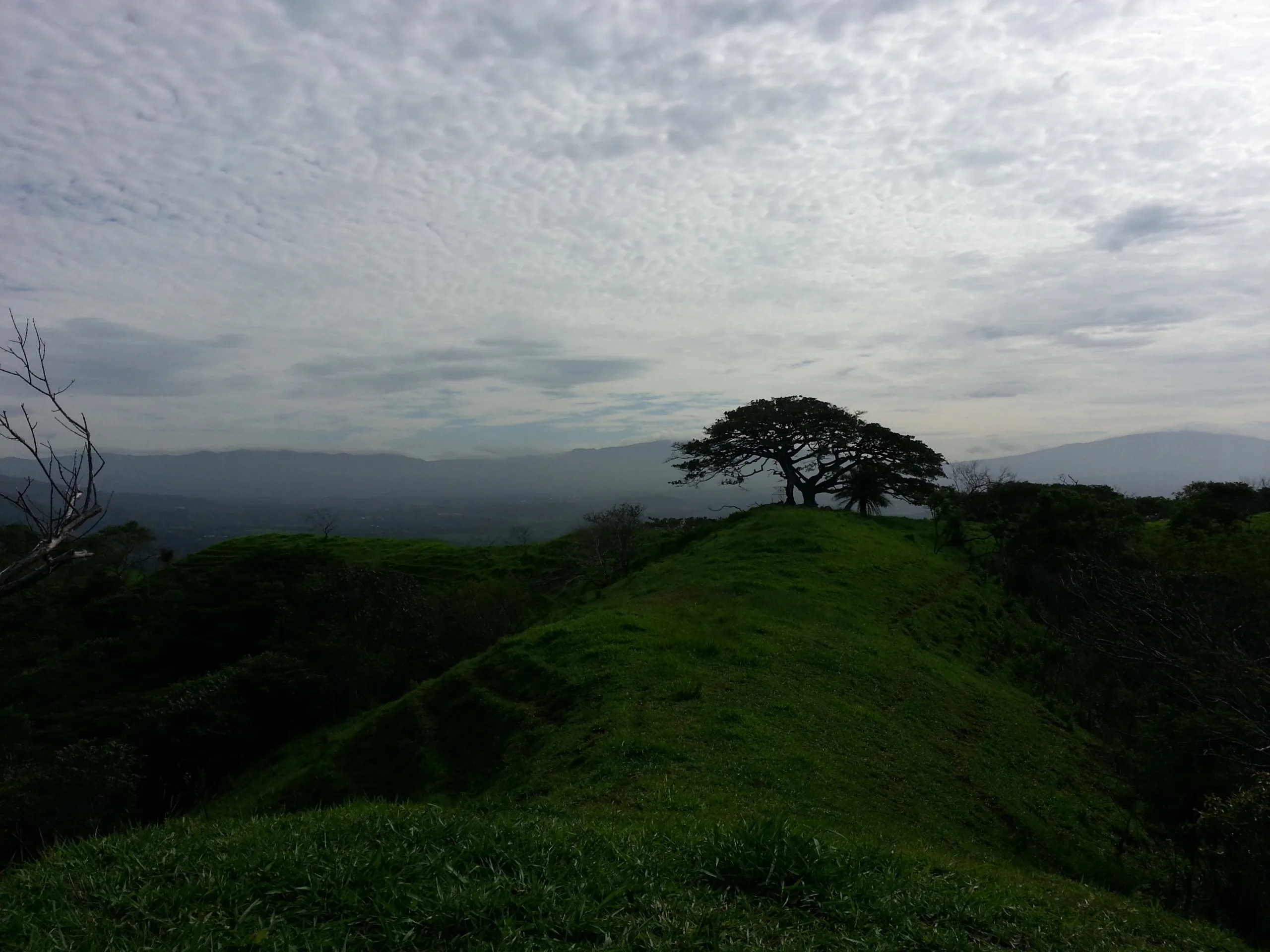
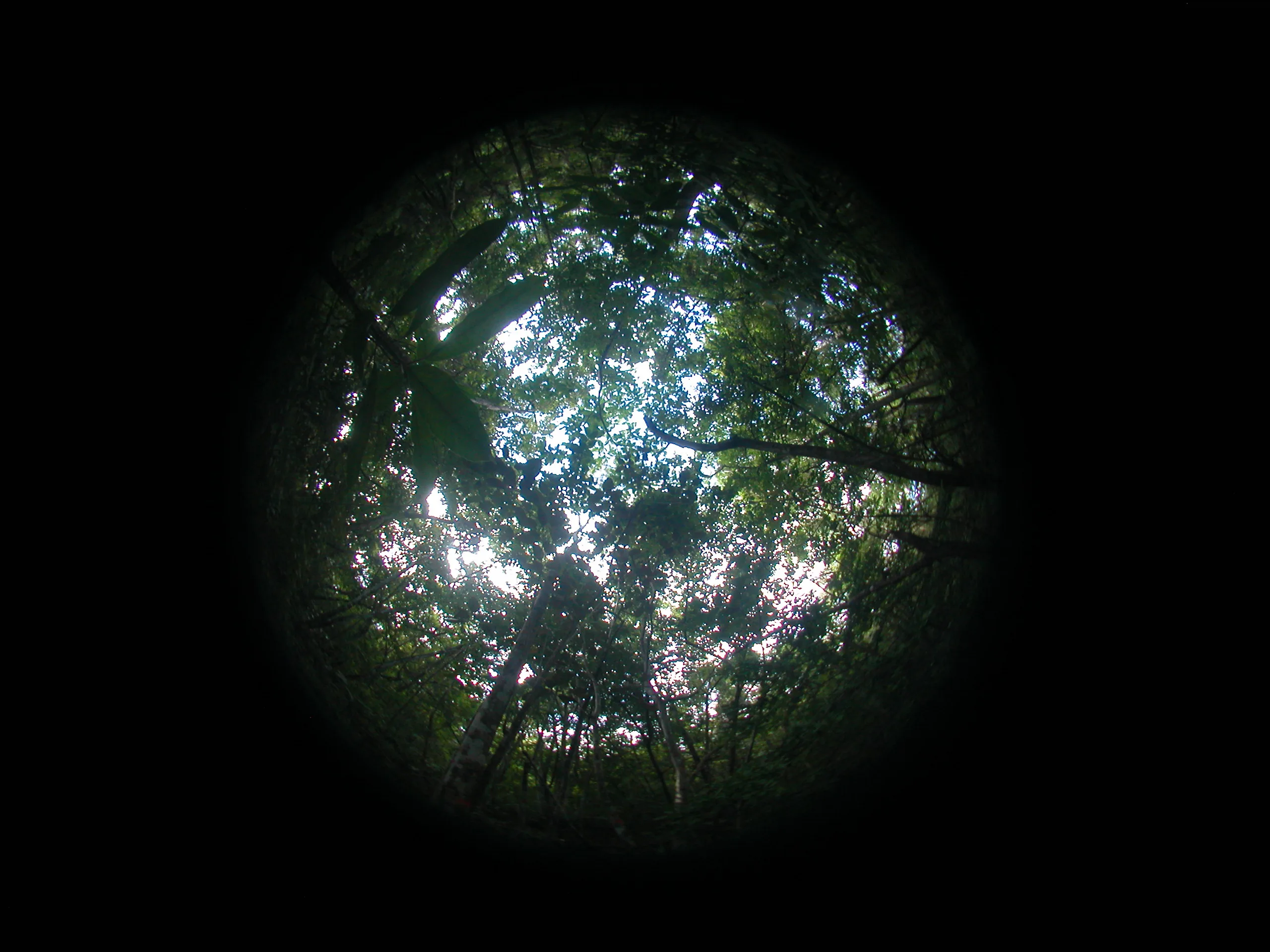
Related Posts
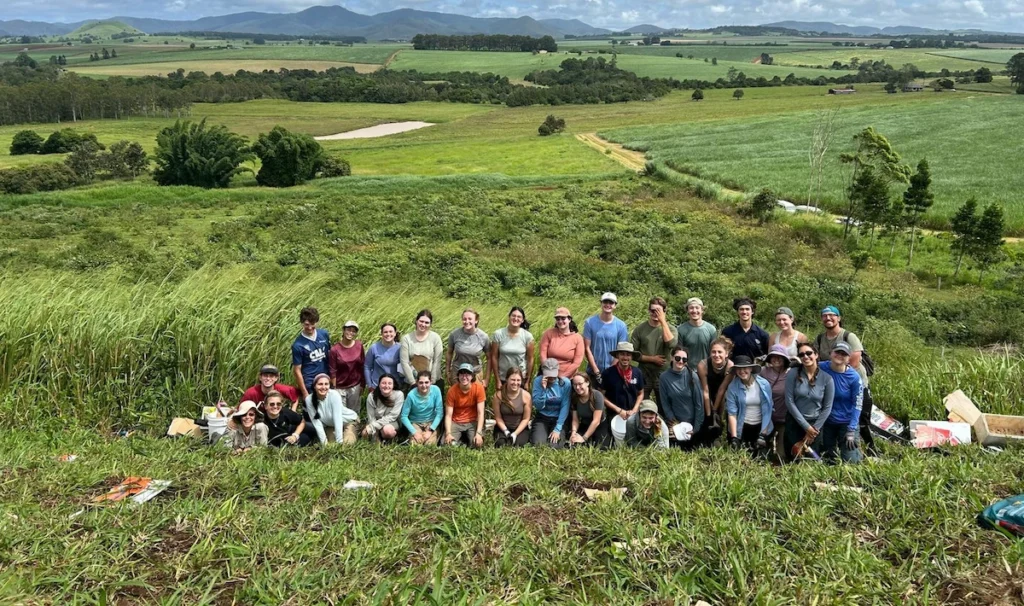
Cinder Cone Chronicles: Lessons from Drought, Data, and Determination
